News

The University of Kentucky College of Medicine is pleased to announce the faculty, staff, and learners who were winners of the annual Mission, Vision, Pillar, and Enabler Awards.
Laura Krueger and Aaron Silverstein share the same career aspiration. They want to become physician-scientists, which will allow them to fulfill both of their passions – medicine and research. While they are both on the same trajectory, they didn’t quite get to this career path the same way.
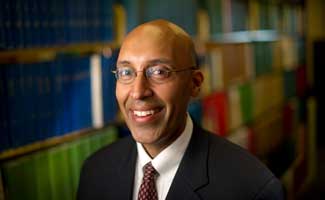
The UK College of Medicine is excited to welcome Gurpreet Dhaliwal, MD, as the visiting professor delivering this year’s Alpha Omega Alpha (AOA) Humanities Lecture.

The University of Kentucky’s ninth annual Healthy Hearts for Women Symposium will bring in nationally recognized experts to raise awareness about the dangers of heart disease and educate attendees on prevention techniques.
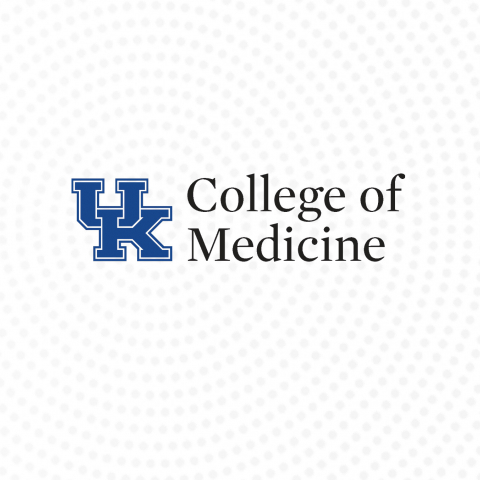
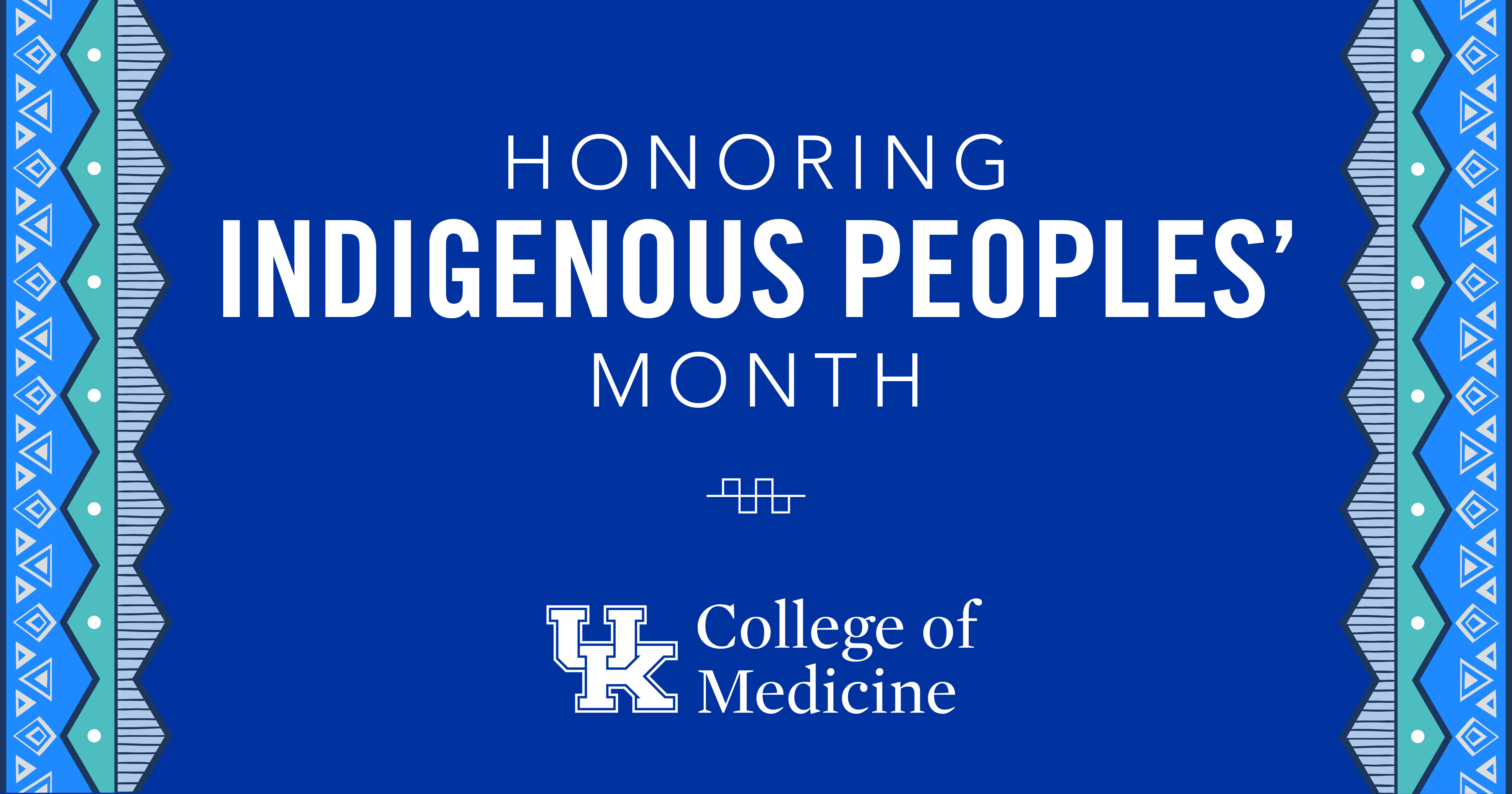
During Indigenous Peoples’ Month, the UK College of Medicine is highlighting historical figures who paved the way for an equitable future in medicine.
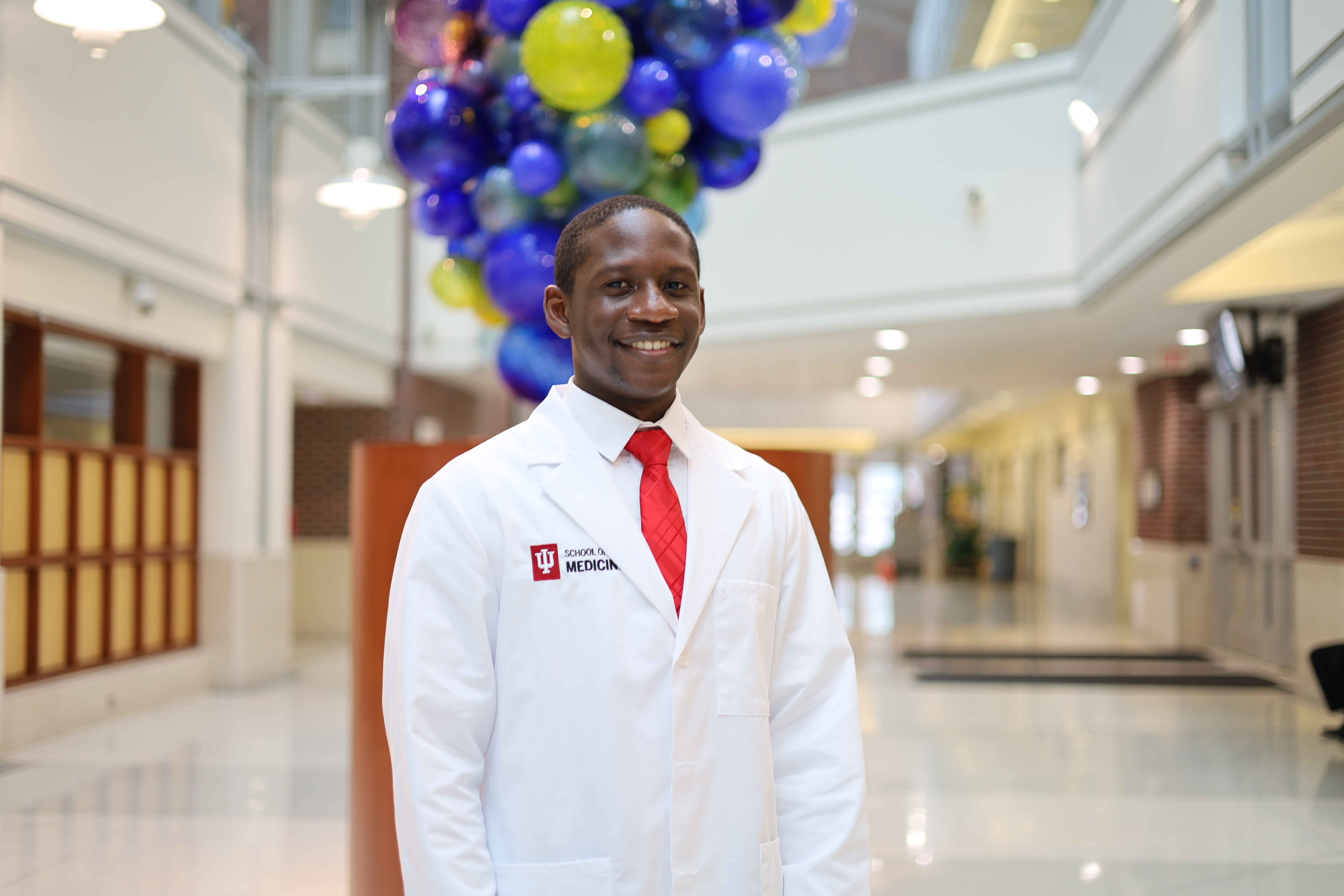
For much of his life, Mr. Mirindi Kabangu has held a passion for learning. As an undergraduate student, this passion led him to the laboratory of Dr. S.
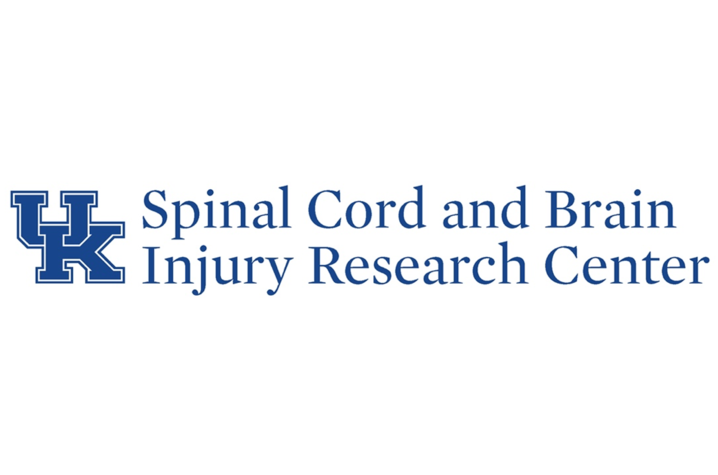
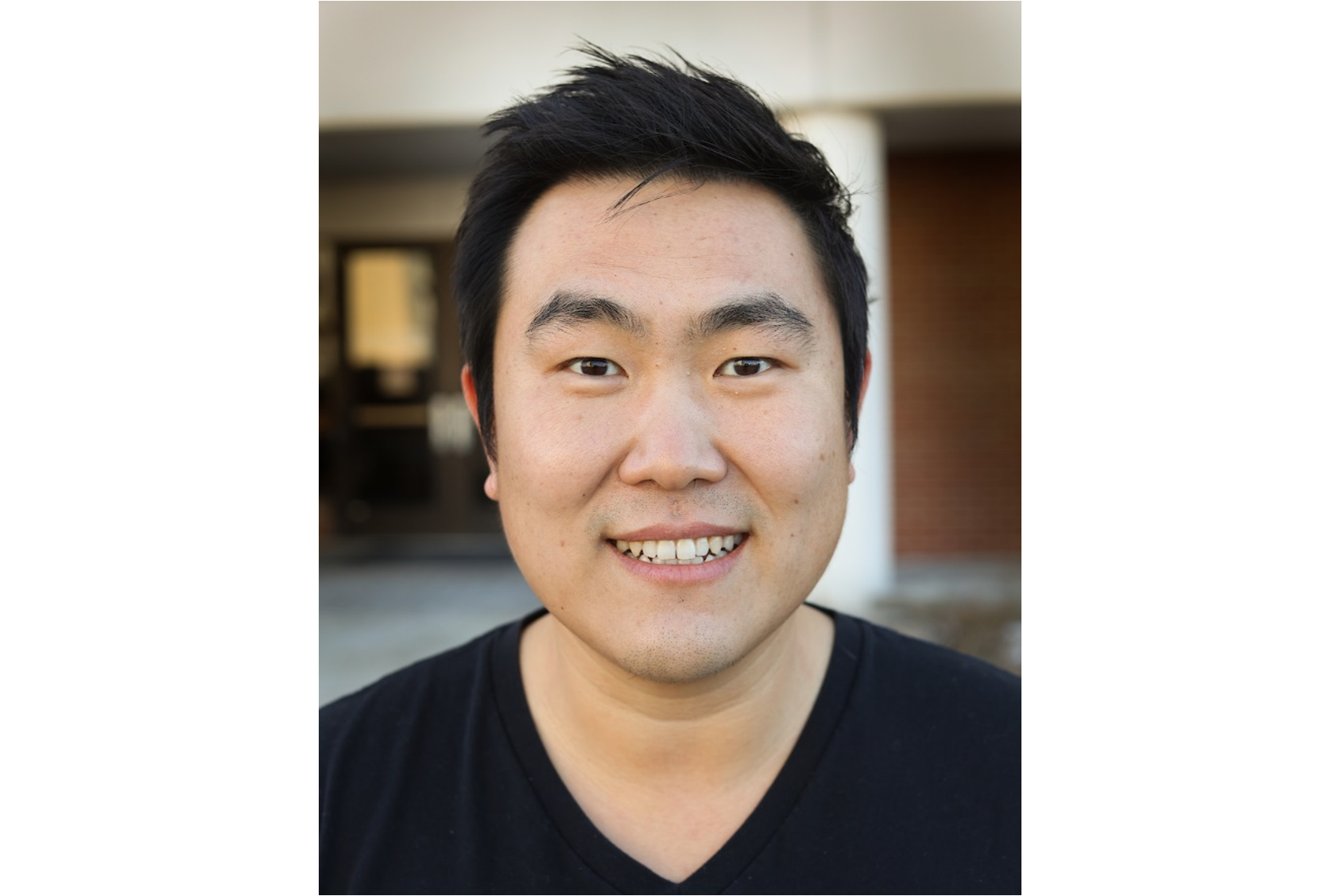
Ramon Sun, PhD, is an assistant professor of neuroscience whose lab focuses on interpreting the molecular events connecting complex carbohydrate metabolism to cellular metabolism, signaling, and physiology.
While his primary appointment is in neuroscience, his work also encompasses molecular and cellular biochemistry and is affiliated with Markey Cancer Center, Sanders-Brown Center on Aging, and the Spinal Cord and Brain Injury Research Center.
You can learn more about Dr. Sun in the following Q&A.
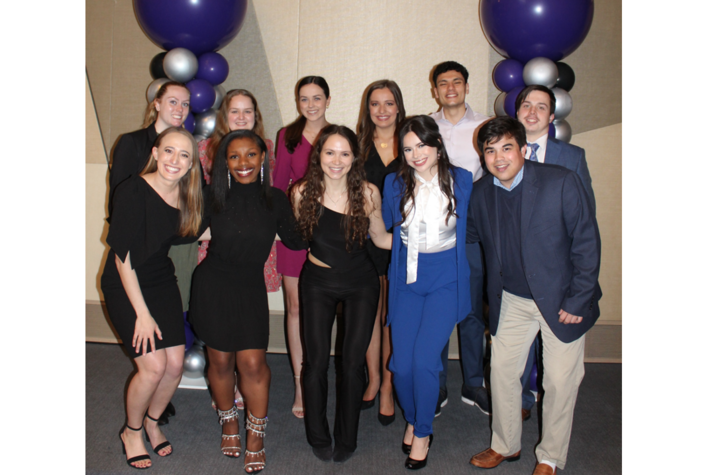
LEXINGTON, KY. (April 28, 2022) — It started as an idea during the 2021 spring semester. The goal behind the idea being discussed by the student group, Minority Students in Neuroscience (MSN), was to bring together all neuroscience majors, faculty and staff for an event celebrating the study they all love and enjoy.
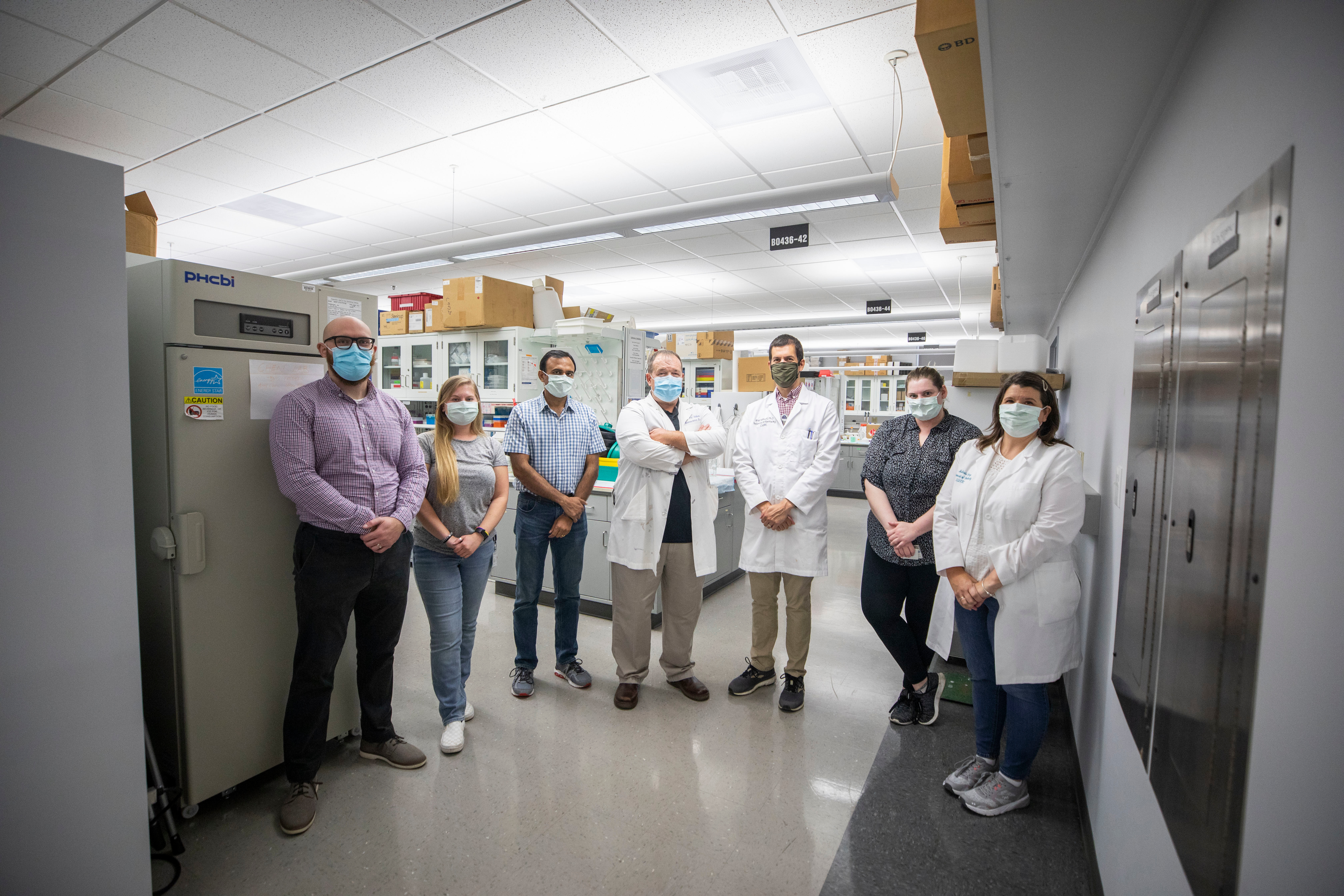
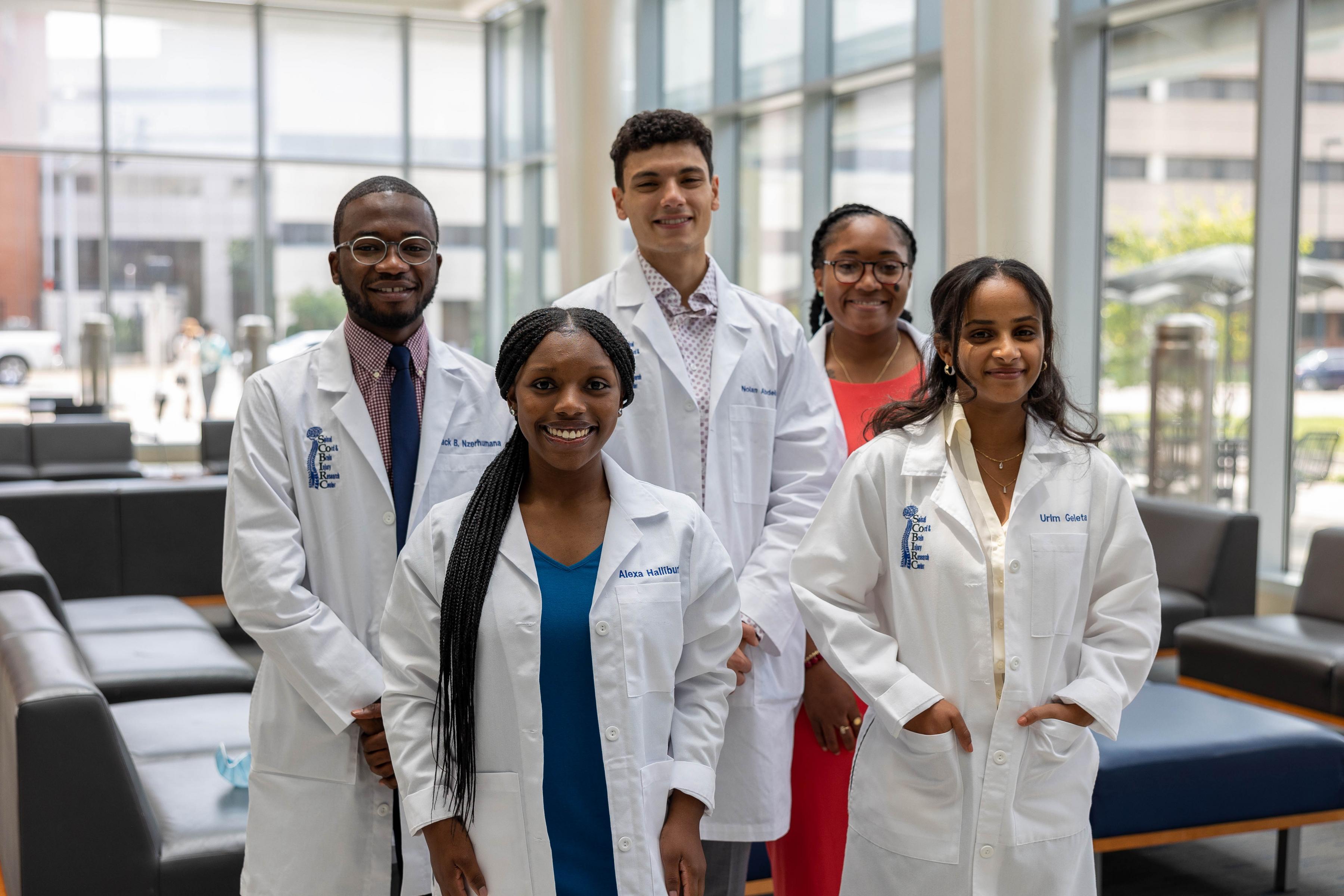
Jordon Burdette, a senior neuroscience and psychology major, was minutes away from presenting to a crowd of University of Kentucky scientists when the nerves set in. Her presentation, focused on cellular regeneration and spinal cord injury, was a culmination of a year of research she had worked on with her mentor, Warren Alilain, PhD, associate professor of neuroscience.
Burdette pushed through those nerves, and Dr. Alilain said she “crushed” it. She left feeling proud of her accomplishment and thankful for the opportunity to study a topic she didn’t expect to ever pursue.
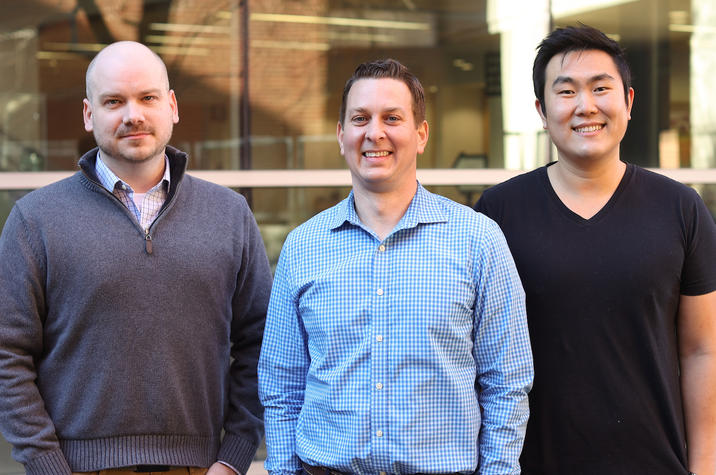
LEXINGTON, Ky. (Feb. 11, 2022) — Three Sanders-Brown Center on Aging researchers are the first at the University of Kentucky to receive backing from the Cure Alzheimer’s Fund. CureAlz is a non-profit organization dedicated to funding research with the highest probability of preventing, slowing, or reversing Alzheimer’s disease. The organization puts 100% of donations into research, with around 600 grants given out to date.
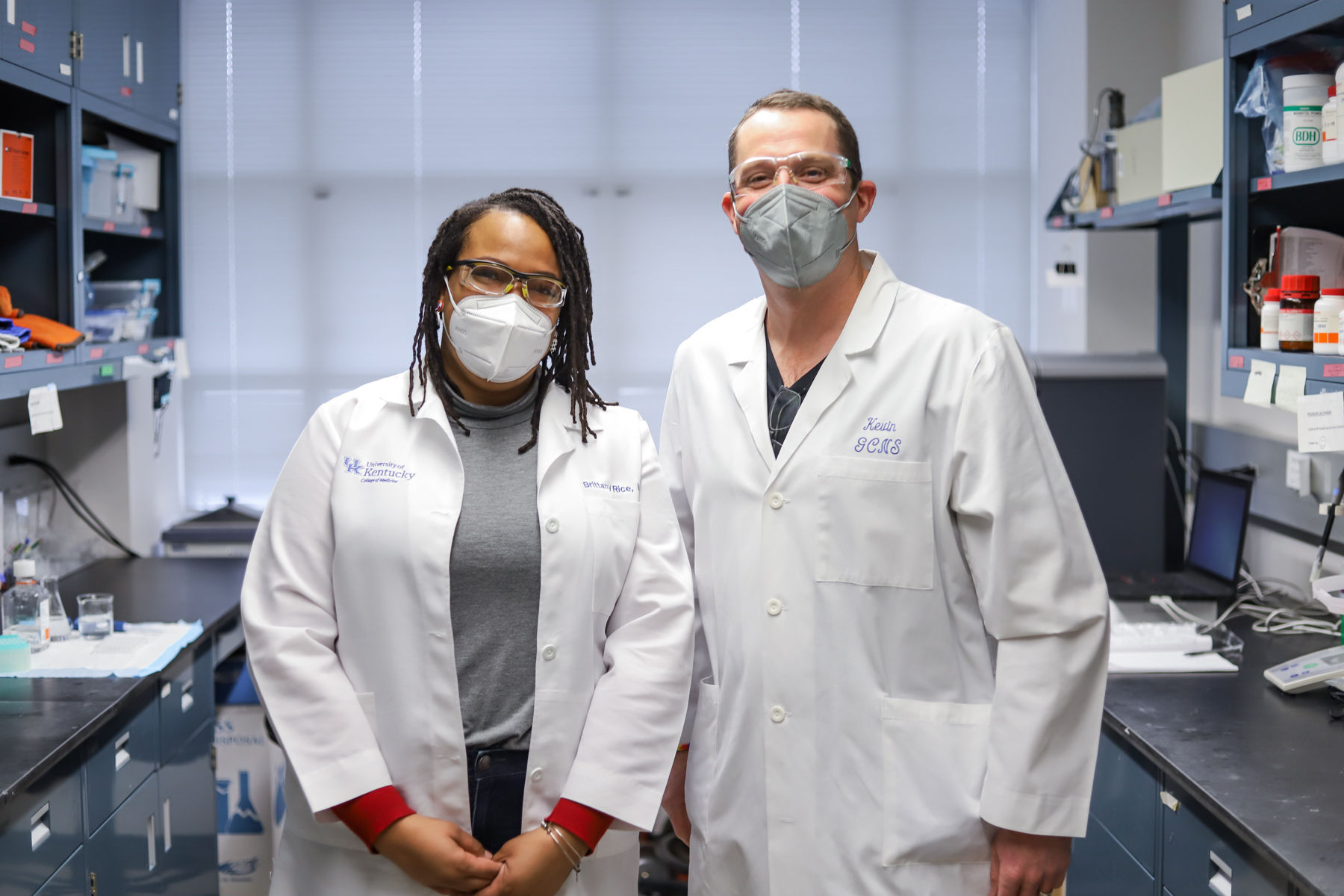
Urim Geleta is only into her senior year of her undergraduate degree, yet she has already played a key role in neuroscience research at UK.
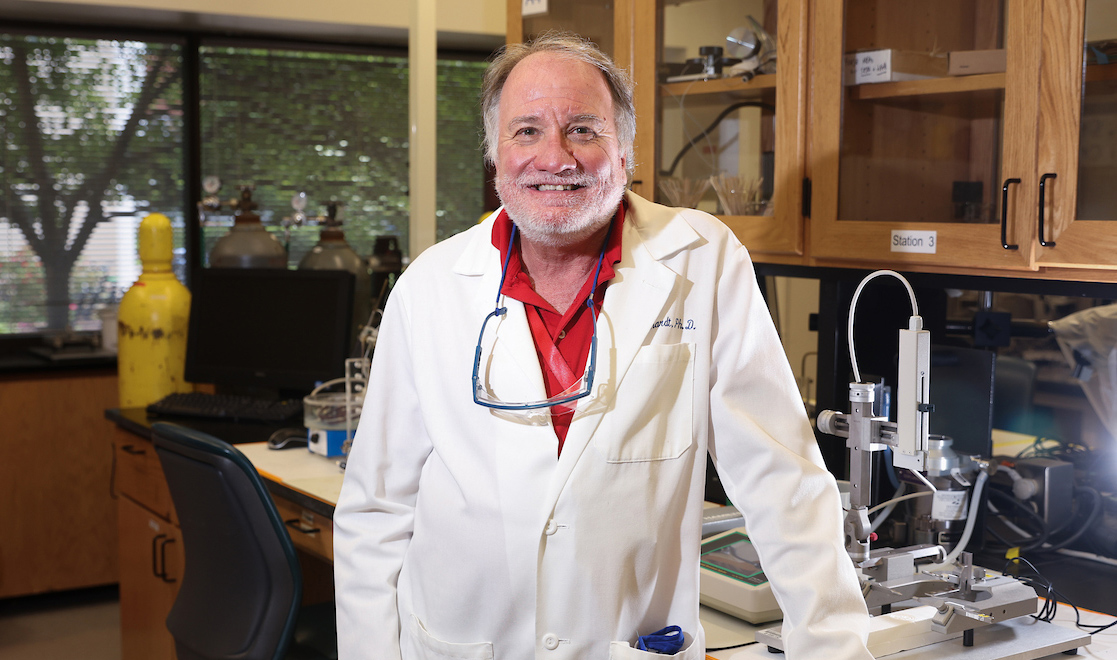
Greg Gerhardt, PhD, is a professor of neuroscience and researcher with the Spinal Cord and Brain Injury Research Center (SCoBIRC) and Brain Restoration Center, as well as advisor for the MD/PhD program. He currently serves as co-principal investigator for the Brain Restoration Alliance in Neurodegeneration (BRAIN). In the following Q&A, Dr. Gerhardt shares more about his current projects.
Q: Why did you want to pursue a career in neuroscience research?
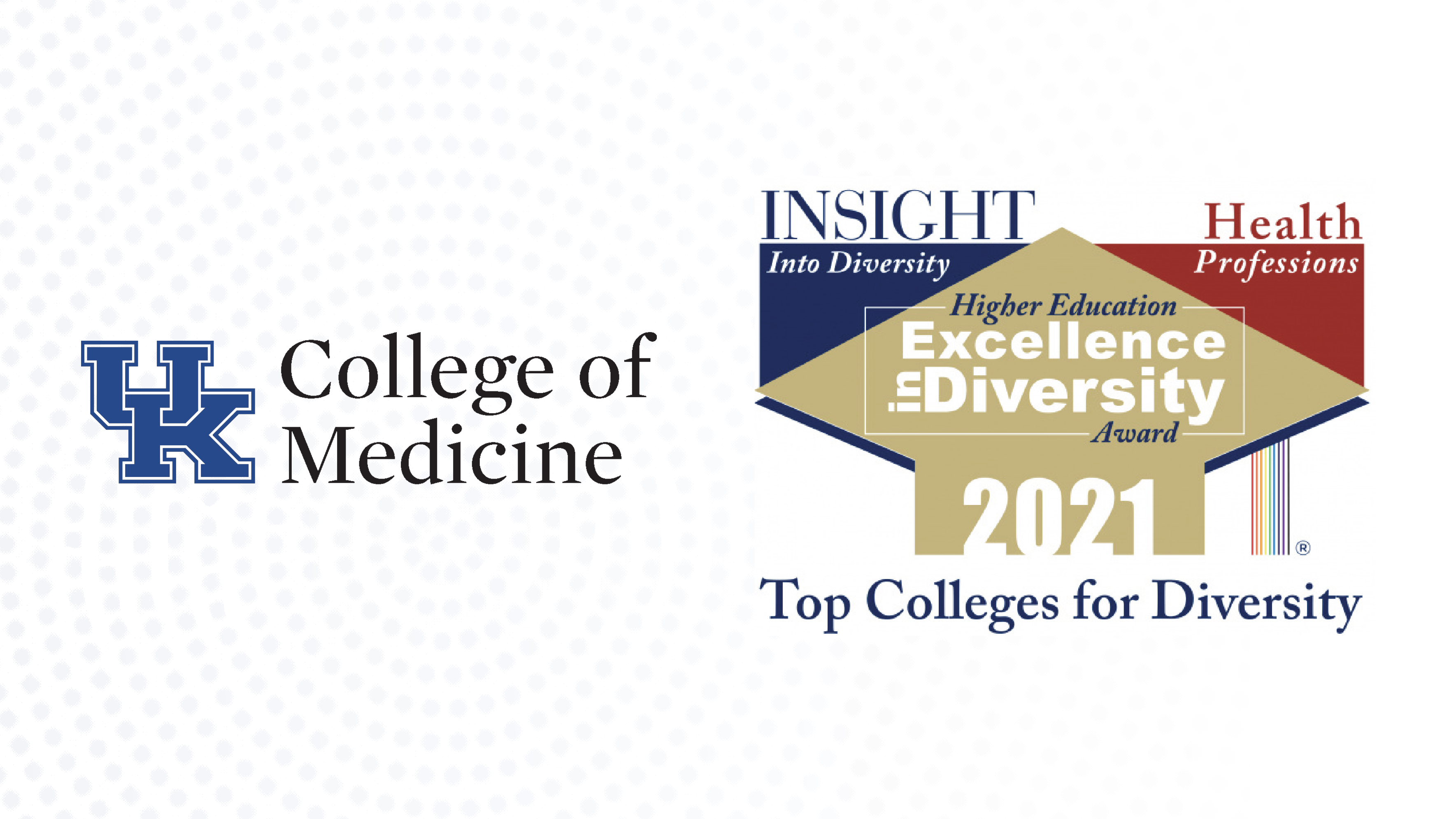
The University of Kentucky College of Medicine has received the 2021 Health Professions Higher Education Excellence in Diversity (HEED) Award from INSIGHT Into Diversity magazine, the oldest and largest diversity-focused publication in higher education.
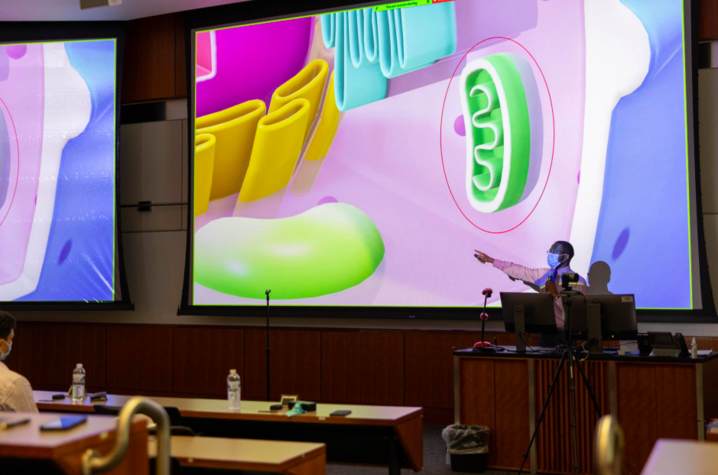
LEXINGTON, Ky. (Aug. 18, 2021) — The University of Kentucky Spinal Cord and Brain Injury Research Center (SCoBIRC) hosted a symposium last week featuring its first class of African American Research Training Scholars (AARTS).
The five scholars each gave a presentation on their research in neurotrauma.
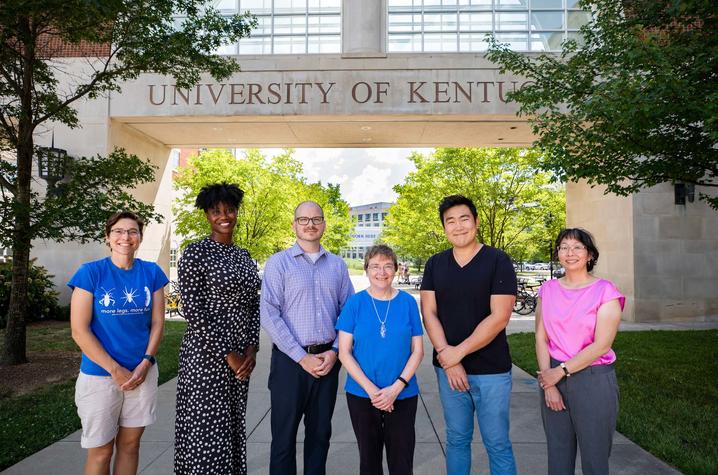
LEXINGTON, Ky. (June 30, 2021) — The University of Kentucky’s Neuroscience Research Priority Area (NRPA) supports a "collaborative matrix," bringing together diverse groups of investigators, trainees and research groups from nine different colleges across the University of Kentucky campus.
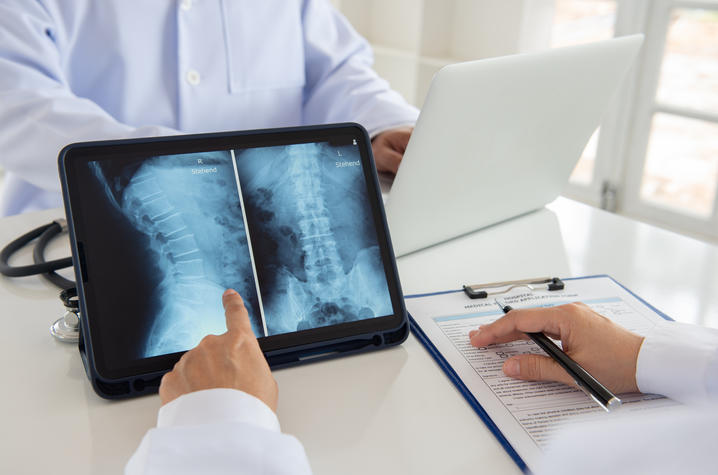
LEXINGTON, Ky. (Feb. 25, 2021) — Spinal cord injuries (SCIs) are not only life-threatening at the time of the event, but they can also lead to secondary complications and loss of function in sensory and motor systems. Researchers at the University of Kentucky recently published a unique study focusing on SCIs in eNeuro.
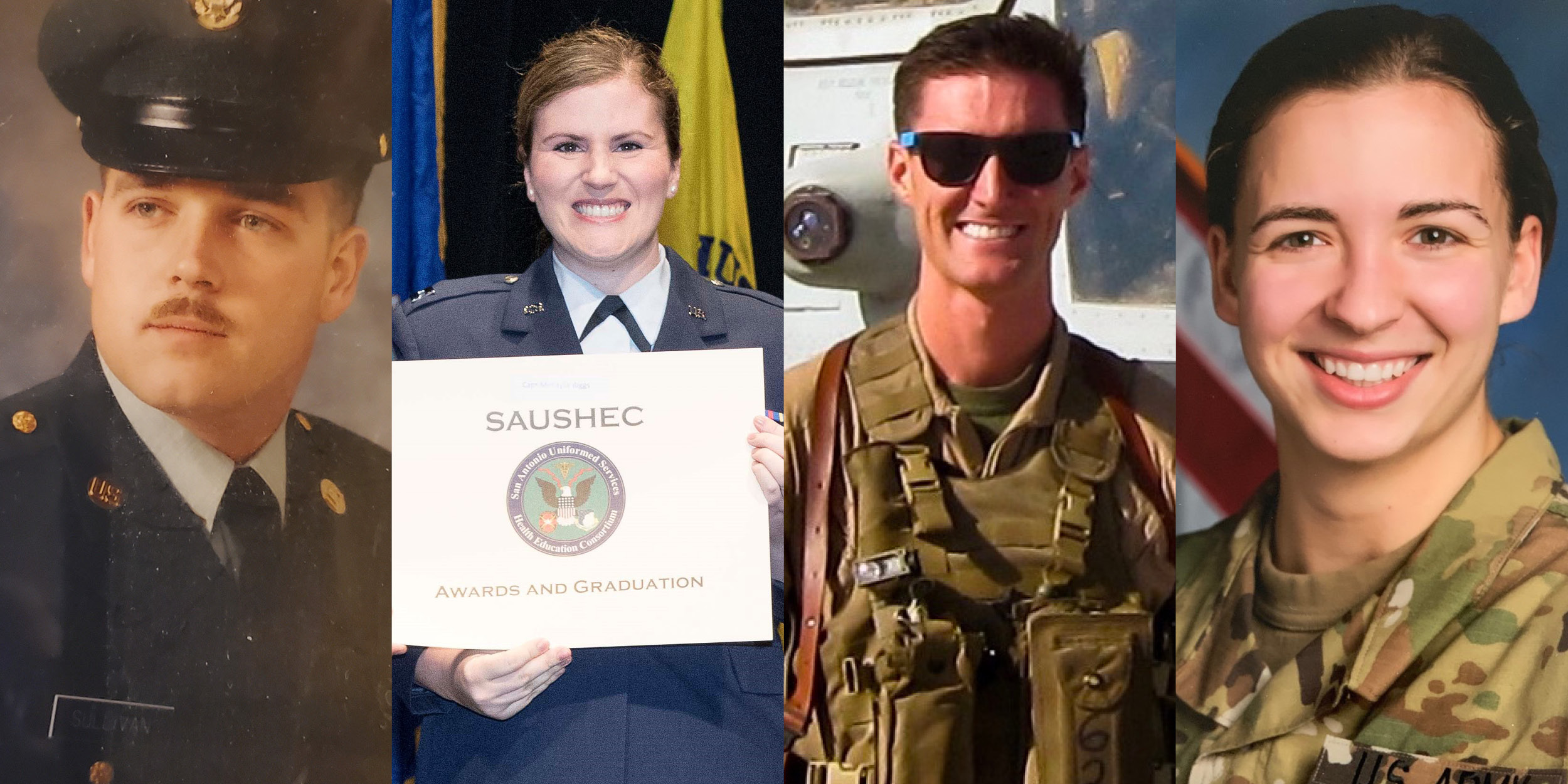
Veterans Day is a time to recognize individuals who have made the honorable decision to protect our country's freedom through military service. Below, we are honoring four of our of our very own faculty members and learners who have served our country, are serving our country, or are committed to serving our country in the most selfless of ways - through the military and in health care.